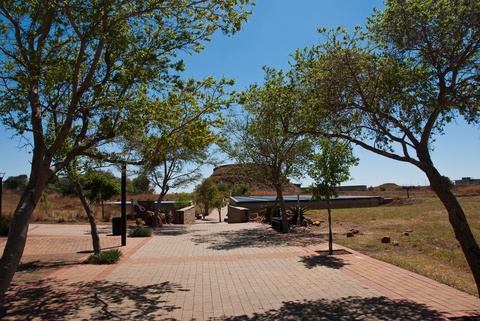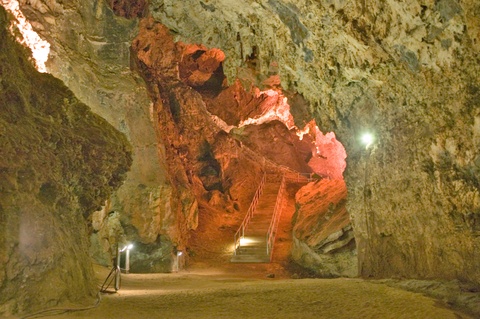There are 7 Unesco World Heritage sites in South Africa, all of them of wide interest, but one of the most exciting and interesting of all is the area called “The Cradle of Humankind” which encompasses a number of archaeological sites and about a dozen dolomite Limestone caves,the best known being the Sterkfontein Caves.
The “Cradle of Humankind” is situated in Gauteng northwest of Johannesburg and about 10 km from Krugersdorp and was designated as a Unesco World Heritage site in 2000. Tourists from all over the world love to visit this area while on vacation in South Africa.
Many fossilized remains of animals, plants and humans have been found in these caves. One of the most well known being that of a nearly full skull of an Australopithecus africanus .Originally it was named as a Plesianthropus and being that of an adult female was nicknamed “Mrs Ples” and is likely to be about 2.8 million years old.
In the late 1890s limestone miners found fossils and informed scientists of their discoveries but it was only in 1936 that students of Professor Raymond Dart and Dr Robert Broom of Witwatersrand University started serious excavations where many early hominids were discovered including the first Australopithecine which reinforced claims by Professor Dart that the Taung child skull was in fact a fossil of an early human.
There is much to see and do in this very interesting and intriguing area for tourists. Accommodation in the area is available as well as restaurants. The Maropeng visitors centre has a first-rate thrilling exhibition showing the early years of mankind. There are exciting things to see and do for children and adults alike. Well worth a visit during your stay in South Africa.


